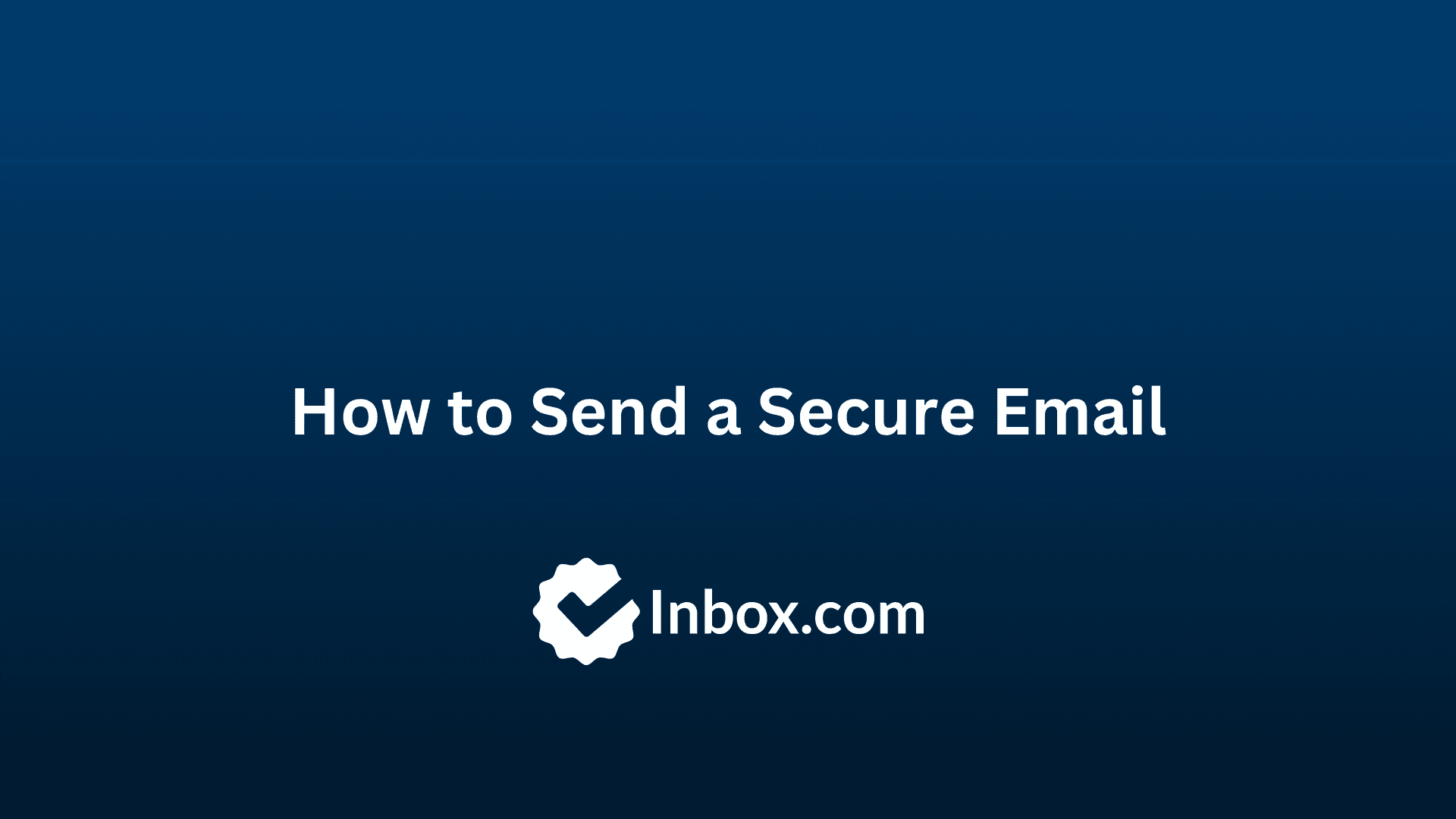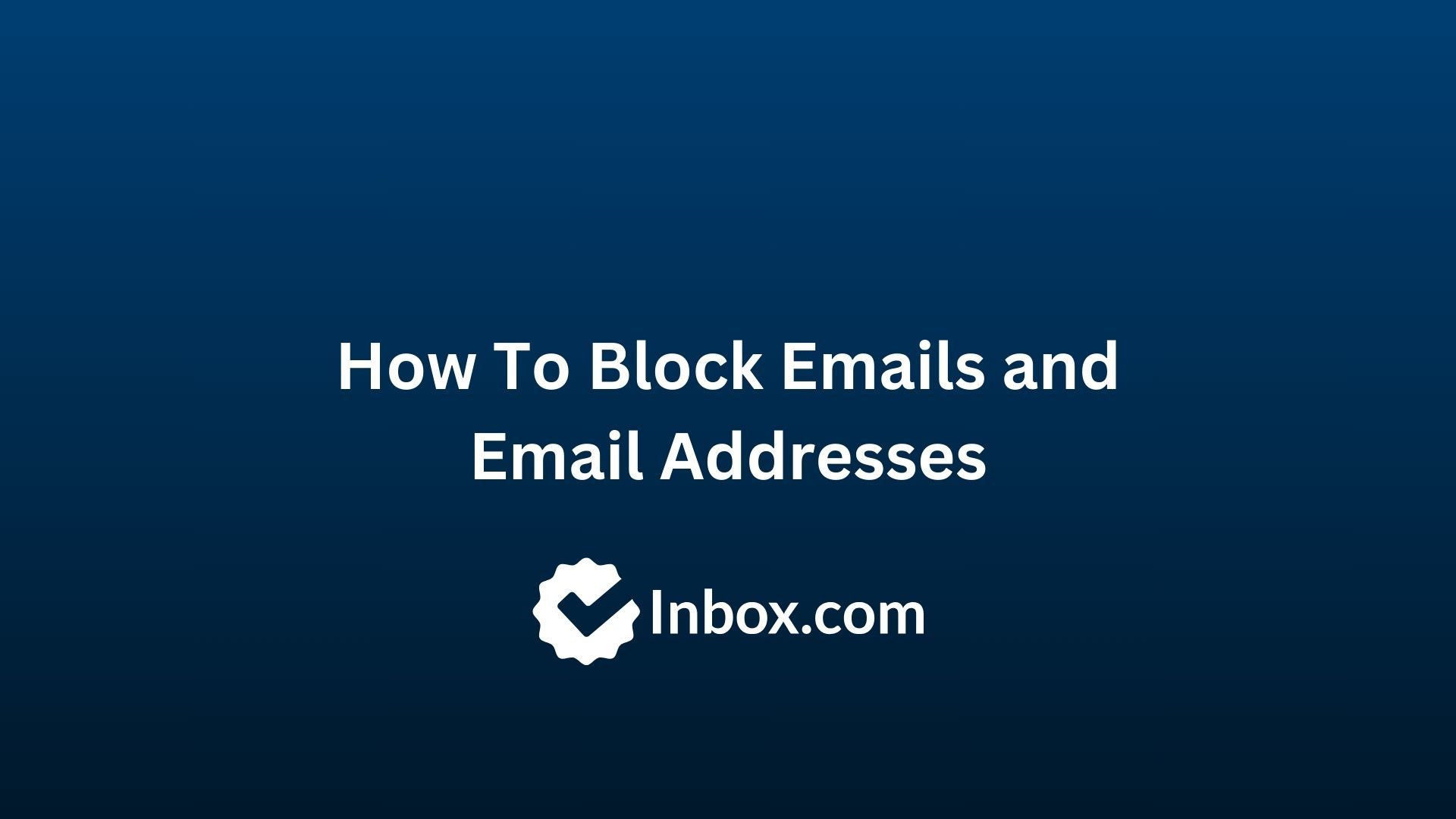
How to Send a Secure Email
Whether you're sending sensitive business information or personal correspondence, it's essential to take steps to protect your emails from prying eyes. Fortunately, popular email providers like Gmail and Outlook offer built-in features to help you send secure emails. In this guide, we'll walk you through the process of sending secure emails using these providers, and also look at how you can solve the problem more comprehensively by using a secure email provider.
Sending Secure Emails in Gmail
Gmail, one of the most widely used email services, provides several options to enhance the security of your messages:
-
Enable Two-Factor Authentication (2FA): Before sending any emails, ensure that you have 2FA enabled for your Gmail account. This adds an extra layer of security by requiring a verification code in addition to your password when logging in.
-
Use the "Confidential Mode": Gmail's Confidential Mode allows you to send emails with added security features. To use this mode, compose a new email, click on the padlock icon at the bottom of the compose window, and choose the expiration date and whether to require a passcode to open the email.
Sending Secure Emails in Outlook
Outlook, Microsoft's email service, also offers features to enhance email security:
-
Use Secure Connections (SSL/TLS): Ensure that your Outlook account is configured to use secure connections (SSL/TLS) for both incoming and outgoing emails. This encrypts the data transmitted between your device and the email server, preventing interception by third parties.
-
Utilize Message Encryption: Outlook provides message encryption options to protect the content of your emails. You can use Office 365 Message Encryption to send encrypted emails to anyone, even if they don't have an Office 365 subscription. Recipients will receive a notification and instructions on how to view the encrypted message securely.
-
Beware of Suspicious Attachments: Similar to Gmail, exercise caution when opening attachments in Outlook emails. If you receive an email from an unknown sender or containing unexpected attachments, it's wise to verify the sender's identity before taking any action.
-
Password Protect Attachments: If you need to send sensitive files as attachments, consider password protecting them before sending. Outlook allows you to password protect Office documents directly from within the application, adding an extra layer of security to your attachments.
Using Secure Email Services: The Best Solution
While popular email providers like Gmail and Outlook offer security features to protect your communications, some users may prefer the peace of mind that comes with using a dedicated secure email service. These services prioritize user privacy and data protection, offering encryption and other advanced security measures. Among these, Inbox.com stands out as a reliable option with secure emails and storage, a transparent privacy policy, and award-winning customer service.
Why Choose Inbox.com as a Secure Email Service Provider?
-
Encryption: Inbox.com employs encryption for all emails. Encrypted email makes it much harder for third parties to access the information in them.
-
Strict Privacy Policies: Inbox.com is committed to protecting user privacy and adheres to strict privacy policies. Inbox.com does not scan or analyze the content of emails for advertising purposes, ensuring that user communications remain confidential.
-
Secure Storage: Inbox.com stores emails and attachments on secure servers, safeguarding them from unauthorized access. Their infrastructure is designed to meet industry-standard security protocols, providing users with peace of mind regarding the safety of their data.
-
No ads: Inbox.com does not sell your data or allow ads to be sent to your email. Apart from saving users a lot of time and space, it also helps users avoid falling victim to cyber threats that could compromise their email security.
Consider signing up for a new email account with Inbox.com today to solve the problem of sending secure emails once and for all.
Updated: August 26, 2024 at 8:37 PM
Published: August 26, 2024 at 8:14 PM


